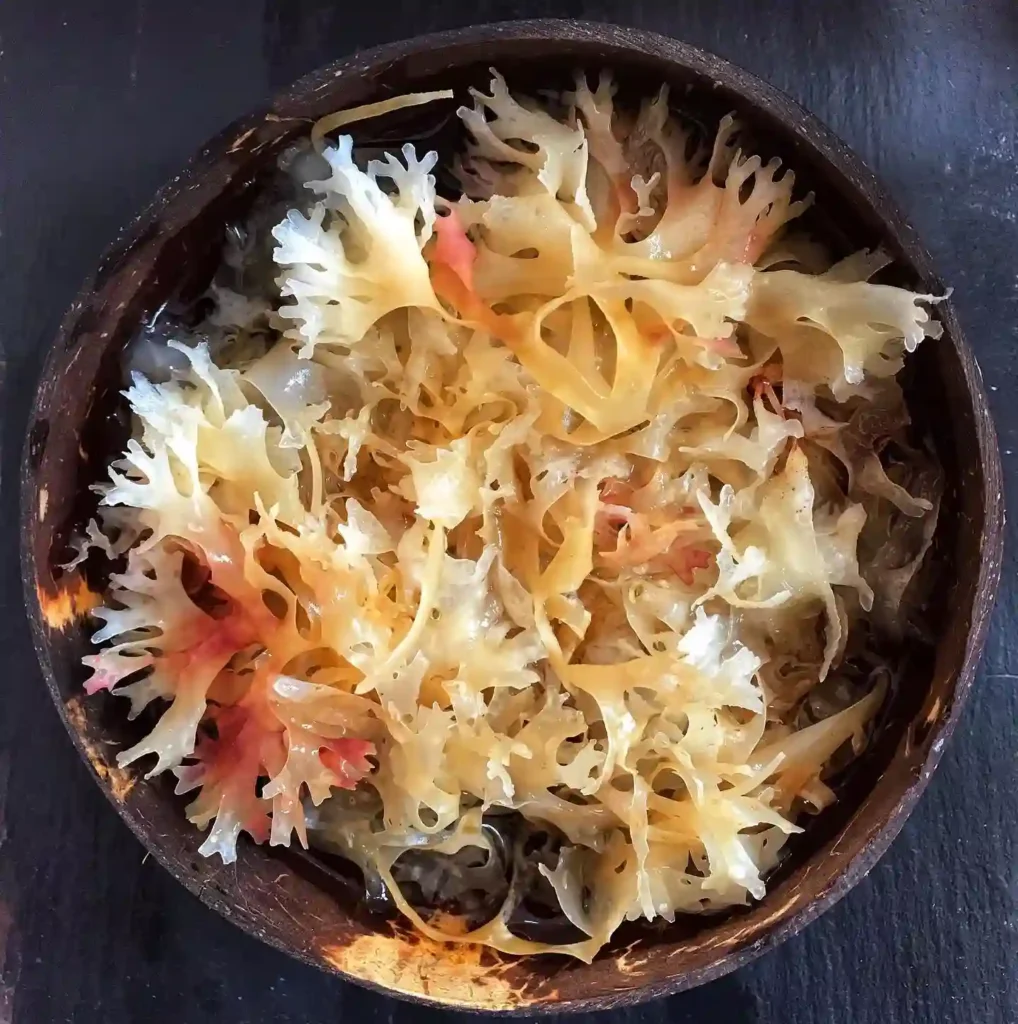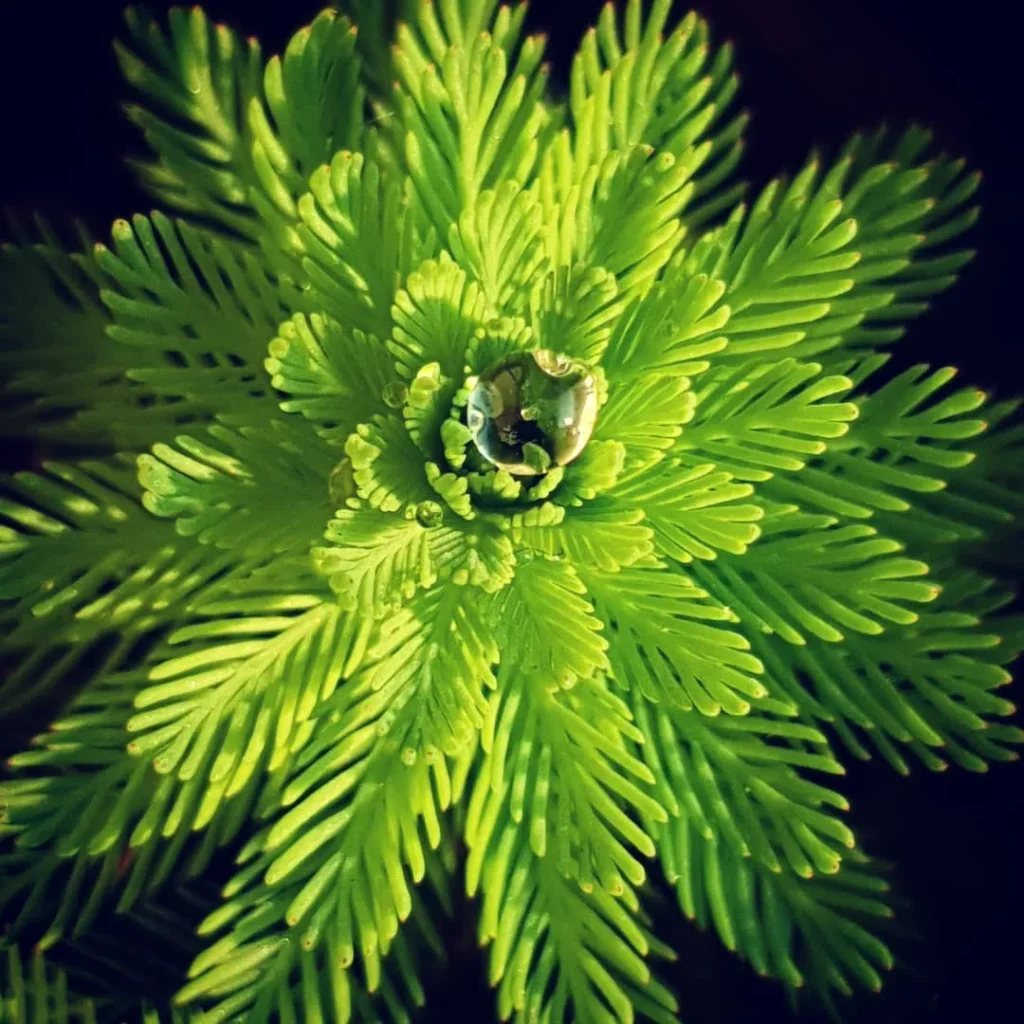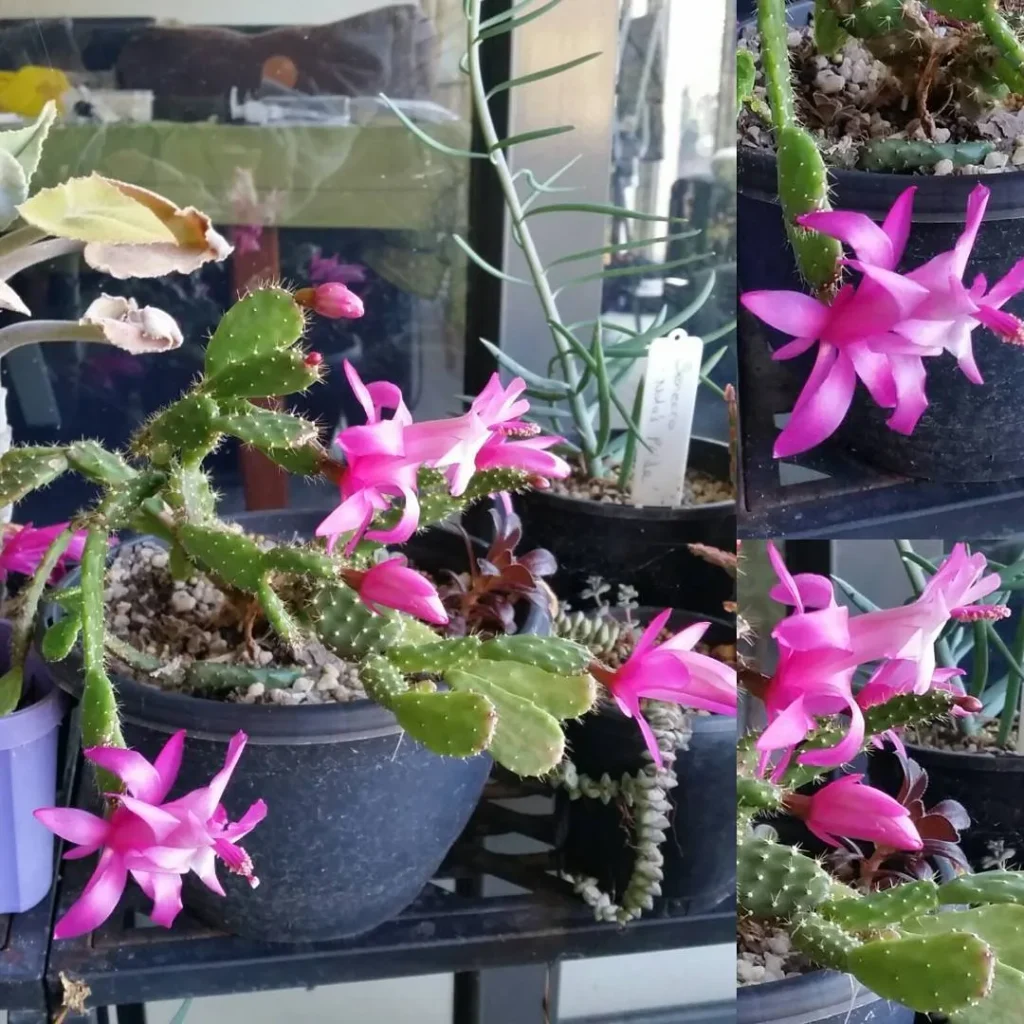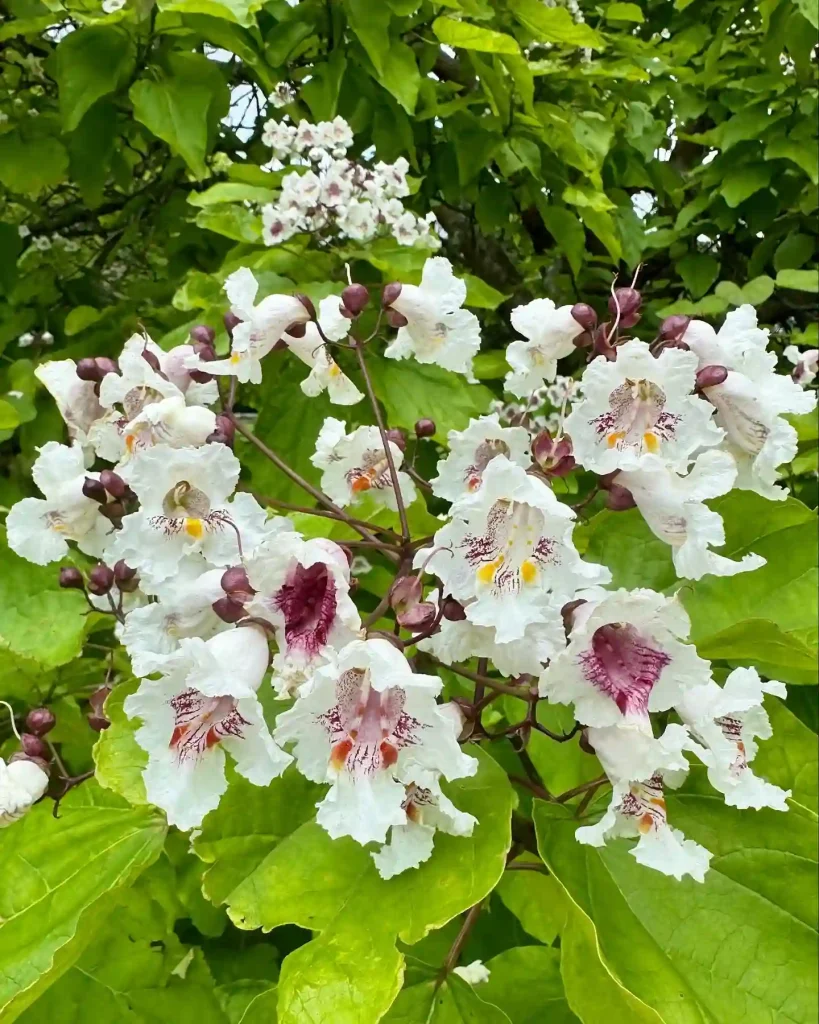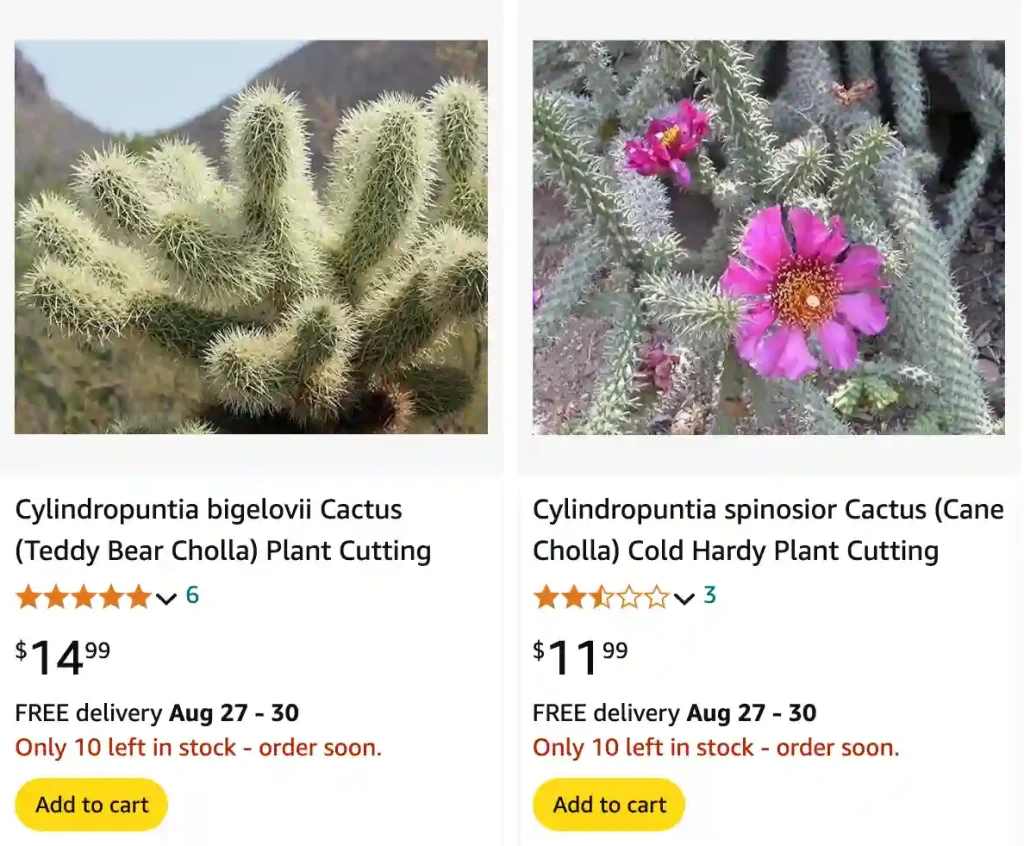
FAQs About Cholla Cactus
As a plant enthusiast, I’ve always been fascinated by the wide variety of cacti, and the Cholla Cactus is one that has caught my attention. Its unique appearance and intriguing characteristics make it a topic of interest for many. In this article, I’ll answer some frequently asked questions about Cholla Cactus, drawing from my own experiences and research.
What is a Cholla Cactus?
The Cholla Cactus is a type of cactus native to the southwestern United States and northern Mexico. Known for its cylindrical stems covered in sharp spines, the Cholla Cactus has a distinctive look that sets it apart from other cacti. These spines are actually modified leaves, which help reduce water loss in the hot, arid environments where Cholla Cacti thrive. Chollas are part of the genus Cylindropuntia and are closely related to the prickly pear cacti.
52 Species in Genus Cylindropuntia
Are Cholla Cactus Poisonous?
Cholla Cacti are not poisonous. However, their spines can cause discomfort and injury. The spines are barbed, which makes them difficult to remove once they’ve punctured the skin. While they don’t release toxins, the puncture wounds can still lead to infections if not properly treated.
Do Jumping Cholla Cactus Really Jump?
Despite the name, Jumping Cholla Cactus does not actually jump. This is a nickname for a particular species of Cholla known as the Cylindropuntia Fulgida. The nickname comes from the way segments of the cactus easily detach when brushed against. The detached pieces can seem to “jump” onto passersby, but this is simply due to the cactus’s natural defense mechanism.
How to Remove Cholla Cactus From Skin?
If you find yourself with Cholla spines embedded in your skin, the first thing to do is remain calm. The best way to remove them is with a pair of tweezers, pulling each spine out carefully. If tweezers aren’t available, using a comb or a piece of fabric to flick the spines out can also work. After removing the spines, clean the area with soap and water to prevent infection.
When Do Cholla Cactus Bloom?
Cholla Cacti typically bloom in the spring and early summer, depending on the species and the climate. Their flowers are vibrant and come in a range of colors, including pink, red, yellow, and green. The blooms attract a variety of pollinators, including bees and birds.
How Many Types of Cholla Cactus Are There?
There are more than 20 recognized species of Cholla Cactus. Some of the most well-known varieties include the Chain Fruit Cholla, the Teddy Bear Cholla, and the Buckhorn Cholla. Each species has its own unique characteristics, from the shape and size of the stems to the color of the flowers.
How to Clean Cholla Cactus Skeleton?
Cholla Cactus skeletons, often referred to as “Cholla wood,” are the remains of the cactus after it dies and the softer tissues decompose. To clean Cholla skeletons, first, remove any remaining debris or loose spines. Then, rinse the skeleton with water, using a brush to scrub away any dirt. For a deeper clean, you can soak the skeleton in a mild bleach solution, then rinse thoroughly and let it dry.
How to Dry Cholla Cactus?
To dry a Cholla Cactus, first cut it into manageable pieces. Place the pieces in a dry, well-ventilated area away from direct sunlight. It can take several weeks for the cactus to completely dry out, depending on the humidity and temperature.
How to Grow Cholla Cactus?
Growing Cholla Cactus is relatively easy, provided they are in the right environment. They thrive in well-drained soil and need plenty of sunlight. Watering should be infrequent, as overwatering can lead to root rot. Cholla Cacti can be grown from seeds or cuttings, with cuttings being the quicker and more reliable method. Simply let the cutting callous over before planting it in sandy soil.
How to Preserve Cholla Cactus Skeleton?
To preserve a Cholla Cactus skeleton, first, ensure it is completely dry and free from pests. You can then apply a clear sealant to protect it from moisture and decay. Displaying the skeleton indoors will also help protect it from the elements.
What Does a Cholla Cactus Look Like?
Cholla Cacti are characterized by their segmented, cylindrical stems, which are covered in spines. These spines are often barbed and can be quite painful if touched. Depending on the species, the Cholla can range from a small, bushy plant to a tree-like structure.
Where Does Cholla Cactus Grow?
Cholla Cacti are native to the deserts of the southwestern United States and northern Mexico. They are commonly found in states like Arizona, California, Nevada, and New Mexico, thriving in the dry, sandy, and rocky soils of these regions.
Are Cholla Cactus Edible?
Yes, parts of the Cholla Cactus are edible. Native Americans have used the fruit and buds of the Cholla for centuries. The buds are often boiled or dried and can be used in a variety of dishes. However, care must be taken to remove the spines before consumption.
Are Cholla Cactus Protected?
Some species of Cholla Cactus are protected under local laws, especially in areas where they are native and might be at risk from overharvesting or habitat loss. It is important to check local regulations before collecting or removing any cacti from the wild.
Are Cholla Cactus Sacred?
For some Native American tribes, Cholla Cacti hold cultural and spiritual significance. They may be used in traditional medicine or ceremonies, making them sacred plants in certain contexts.
Are There Cholla Cactus in Wyoming?
Cholla Cacti are typically found in warmer desert climates, so they are not naturally found in Wyoming, which has a cooler climate. They are more suited to the hot, arid environments of the southwestern United States.
Can Goats Eat Cholla Cactus?
Goats can technically eat Cholla Cactus, but they generally avoid it due to the spines. However, in arid regions where food is scarce, goats might nibble on the cactus, particularly the less spiny parts.
Can Rabbits Eat Cholla Cactus?
Like goats, rabbits can eat parts of the Cholla Cactus, but they tend to avoid it because of the spines. If the spines are removed, the cactus could be a food source, but it is not a common part of a rabbit’s diet.
Can You Burn a Cholla Cactus?
Burning a Cholla Cactus is not recommended. The spines can release toxins into the air when burned, which can be harmful to breathe. Additionally, burning live cacti can be damaging to the environment, especially in desert regions where cacti play a crucial role in the ecosystem.
Conclusion
Cholla Cacti are fascinating plants with a lot of unique characteristics. Whether you’re interested in growing them, learning about their natural habitats, or understanding their cultural significance, there’s a lot to explore. These resilient plants not only add beauty to desert landscapes but also offer practical uses and hold cultural importance in various communities.
If i die, water my plants!
